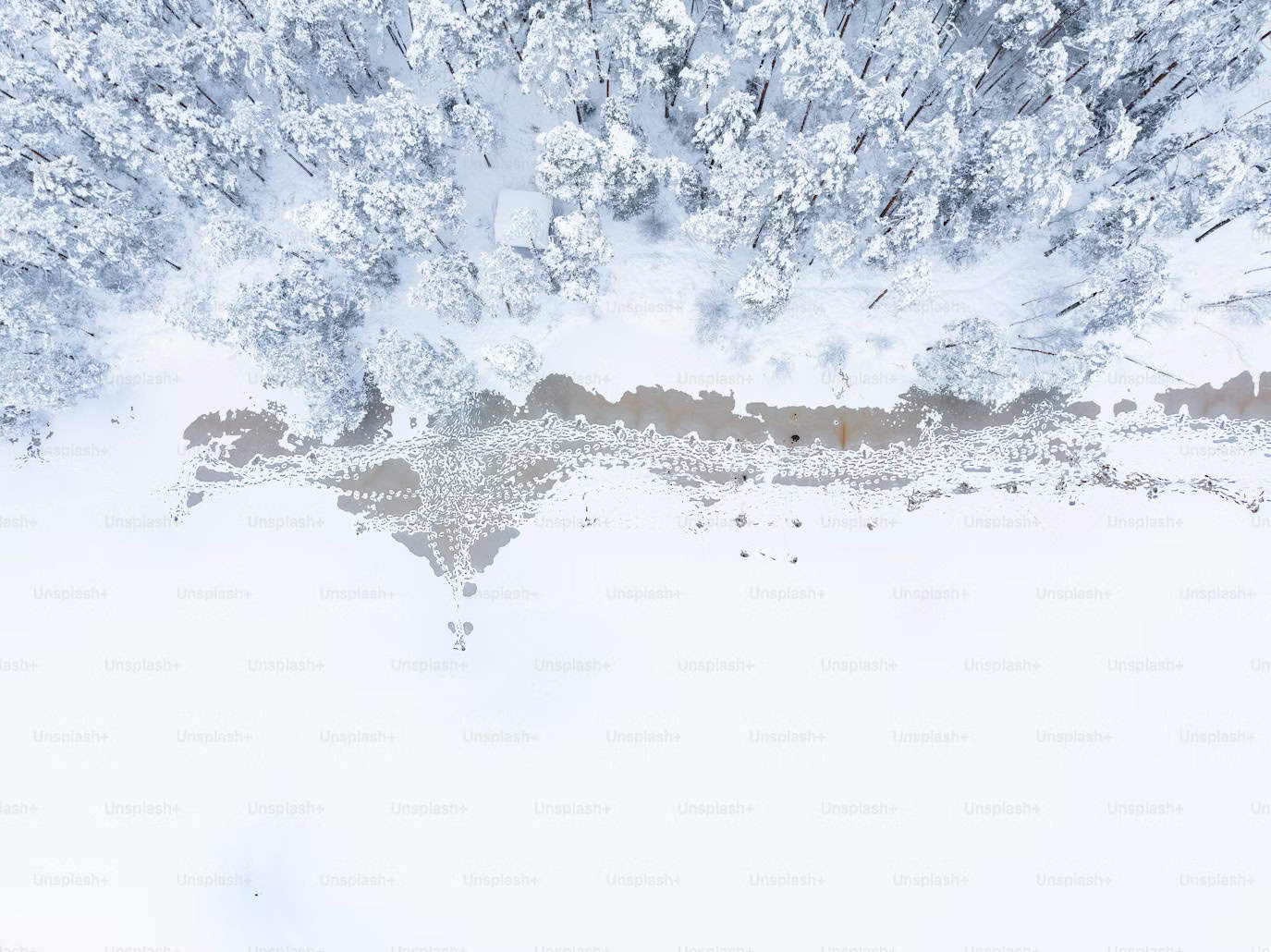Welcome to the great Mexican snow debate! Nestled amidst Mexico City’s bustling streets and the colorful culture of Mexico City, one might wonder: does snow ever grace this vibrant city? Let’s unravel the truth behind the elusive snowflakes in this city’s sky.
Delve into the city’s unique climate, historical snowfall events, and the factors that make snow a rare but mesmerizing phenomenon in this urban landscape. Get ready to uncover the secrets of Mexico City’s relationship with snow.
Does It Snow in Mexico City?
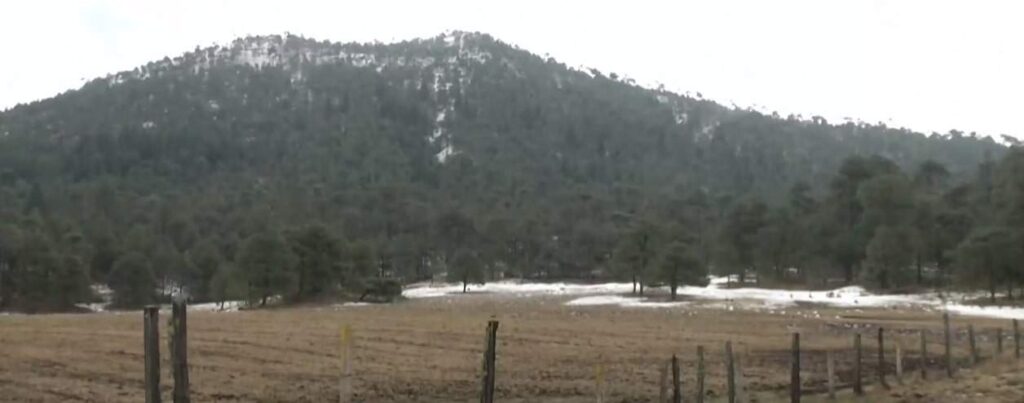
While Mexico City is renowned for its mild and temperate weather, snowfall isn’t a common occurrence. But it’s not completely unheard of.
Every few years, residents wake up to a magical dusting of snow blanketing the cityscape, a rare sight that transforms the urban landscape into a snowy paradise.
Snow in Mexico City is most likely to happen during the winter months, especially in higher elevation areas or during particularly cold spells.
The surrounding mountains, including volcanic peaks such as Popocatepetl and Iztaccihuatl, often receive snow, creating picturesque scenes visible from the city.
Despite its frequency, when snow does grace Mexico City, it’s met with excitement and awe. Locals and visitors alike flock outdoors to revel in the frosty spectacle, taking photos and building snowmen in parks and plazas.
So while Mexico City may not be synonymous with snowfall, its occasional winter surprises serve as a reminder of nature’s unpredictability and the city’s ability to enchant and surprise at any time of year.
Has it ever snowed in Mexico City?
Despite its reputation for year-round sunshine and mild temperatures, Mexico City has experienced snowfall on rare occasions throughout its history.
While snow isn’t a regular visitor, its occasional appearances add a touch of magic to the urban landscape. The most notable snowfall in Mexico City occurred on January 12, 1967, when a significant amount of snow blanketed the city, surprising residents and capturing the world’s attention.
Since then, smaller snowfalls have been reported sporadically. It typically happens during the winter months when temperatures drop, and cold fronts sweep through the region.
These rare snowflakes transform the city into a dreamscape, prompting residents to venture outside with wide-eyed wonder and a camera in hand.
Parks and plazas become adorned with delicate snowflakes, offering a picturesque backdrop for playful snowball fights and impromptu snowman-building sessions.
While snow in Mexico City remains a rarity, its infrequent visits serve as a reminder of nature’s ability to surprise and delight. It can turn the bustling metropolis into a scene straight out of a storybook – proof that even in a city known for its warmth, winter’s touch can still leave a lasting impression.
How Cold Does It Get In Mexico City?
This question often surprises those who associate this place with perpetual sunshine and warmth. While Mexico City enjoys a generally mild climate, it’s not immune to chilly temperatures with a dedicated winter season.
The city’s altitude – sitting over 7,000 feet above sea level – plays a significant role in its climate. While days can be warm and sunny, evenings and early mornings can bring a noticeable drop in temperature.
Winters, typically from December to February, see the coolest weather, with temperatures occasionally dipping below freezing, especially in the outlying areas and higher elevations.
On average, winter temperatures in Mexico City range from the mid-40s to the low 70s Fahrenheit (around 7 to 21 degrees Celcius). However, cold fronts can bring colder temperatures, occasional frost, and even light snowfall, much to the delight of locals and visitors alike.
While the city’s cold snaps may not rival those of more northern climates, they still warrant a sweater or jacket, particularly for those unaccustomed to cooler weather.
So, while Mexico City may not be synonymous with sub-zero temperatures, its winter chill adds a refreshing twist to its diverse climate, ensuring that visitors are prepared for whatever weather comes their way.
What Month Is The Coldest In Mexico City?
When it comes to frosty temperatures, December reigns supreme in this vibrant metropolis. Nestled among the mountains, Mexico City experiences a unique climate that can catch you off guard if you’re not prepared.
While the city is not renowned for its mild weather, December swoops in with its chilly embrace, making it the coldest month of the year.
Picture this: markets adorned with twinkling lights, locals layering up with cozy scarves, and the occasional sighting of fog dancing through the streets. December transforms the city into a haven, albeit without the snow.
But worry not! Despite the chill, there’s plenty to warm your spirits. Embrace the festive atmosphere as the city comes alive with holiday cheer.
Indulge in piping hot cups of champurrado, a traditional Mexican chocolate drink, or tantalize your taste buds with steaming hot bowls of pozole, a comforting soup perfect for warding off the cold.
So, if you’re planning to visit and wondering when to pack that extra layer, look no further than December. Embrace the chill, soak in the holiday spirit, and discover the city’s magical side during its coldest month.
When Is It Rainy Season In Mexico City?
Get ready to dance in the rain because Mexico City’s rainy season typically kicks off in June and dances through until September!
With lush greenery, refreshing showers, and the scent of petrichor filling the air, it’s a sight to behold. While the idea of rain might sound like a damper, don’t let it rain on your parade. Embrace the wet weather and let it add a splash of adventure to your trip (pun intended)!
During the rainy season, the city comes alive in a different hue. Parks and gardens flourish, offering a picturesque backdrop for your explorations.
Plus, you’ll find fewer crowds, making it the perfect time to immerse yourself in the local culture without the hustle and bustle.
But hold on to your sombreros – it’s not all sunshine and rainbows. Be prepared for occasional downpours and thunderstorms, pack your umbrella and waterproof gear just in case.
The next time you’re planning a getaway, consider June to September for a taste of the city’s rainy charm. Embrace the elements, seize the day, and let the rain add its rhythm to your adventure.
Where Does It Snow in Mexico City?
Sure! Mexico City is not the first place that comes to mind when you think of snow, but that doesn’t mean you should rule it out just yet.
Though it’s true that all of Mexico doesn’t get a winter wonderland makeover, some parts do experience it.
But where does it snow in Mexico City or around? The answer: head up north, and you might just catch a glimpse of Mexico’s frosty side. Here are the top places!
Mexiquillo, Durango
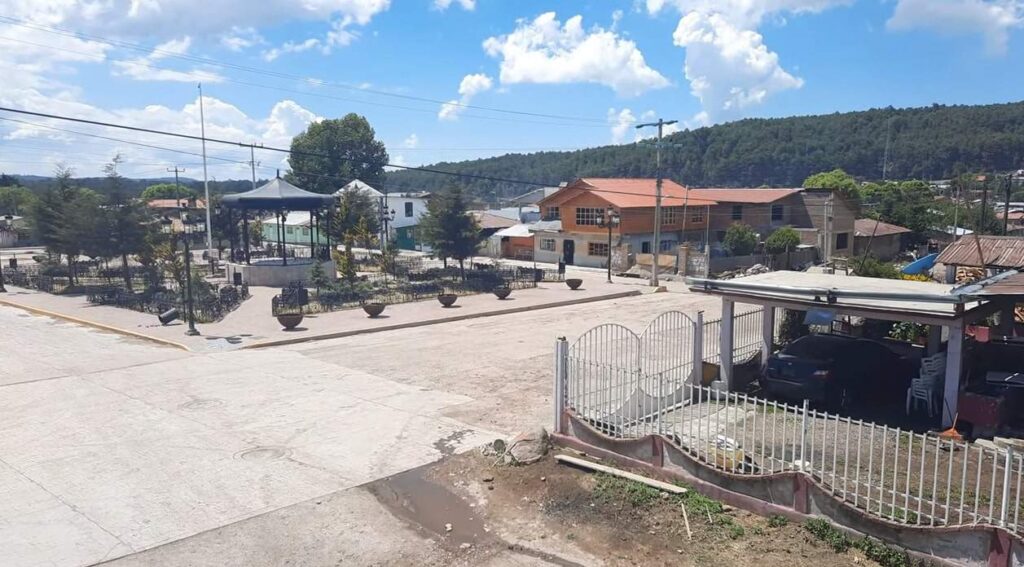
A sprawling oasis of forest just northeast of Mexico City, spanning 52 square miles of breathtaking beauty. It’s the ultimate spot to witness Mexican snowfall, particularly between December and February.
With lush forests and scenic waterfalls, it’s a landscape straight out of a dream. Mexiquillo is accessible by bus from La Ciudad, but carry food for yourself as dining options are limited. Don’t forget your raincoat and winter gear for this chilly adventure.
For staying, you can book cabanas for lodging that is ideal for hikers, adventurers, and families seeking an unforgettable getaway. But stay safe, stick to common sense rules, and consider joining a guided tour for the ultimate experience.
Sombrerete, Zacatecas
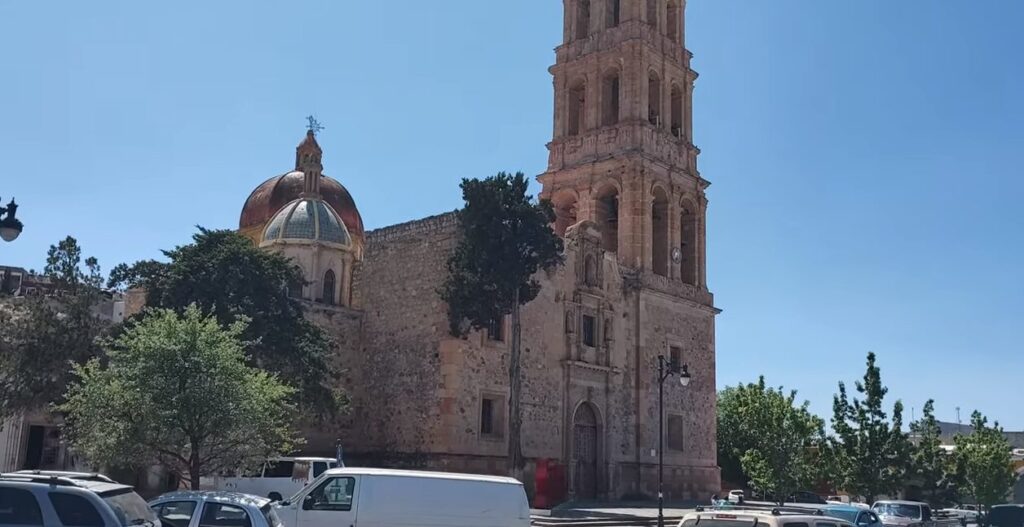
Located in Northwestern Zacatecas, Sombrerete is a gem with a glorious past as a mining hub in 16th-century New Spain. Today, its charm lies in its colonial architecture and UNESCO World Heritage status.
Visit between December and February for a taste of Mexican snowfall among the town’s historical streets.
Marvel at the Sierra de Organos National Park’s rock formations, explore colonial buildings, or enjoy the tourist-friendly vibe and ample lodgings.
Arteaga, Coahuila

Experience the enchanting winter wonderland of Arteaga, Mexico’s very own Pueblo Magico, where snowfall paints the landscape in December and January.
Located amidst the majestic peaks of the Sierra Madre Oriental, this scenic town earns its nickname “the Switzerland of Mexico”.
Enjoy snowy adventures with skiing and snow tubing at the ski centers. With a plethora of accommodation options and delightful dining spots, Arteaga ensures a safe and unforgettable winter getaway for all.
Copper Canyon, Chihuahua
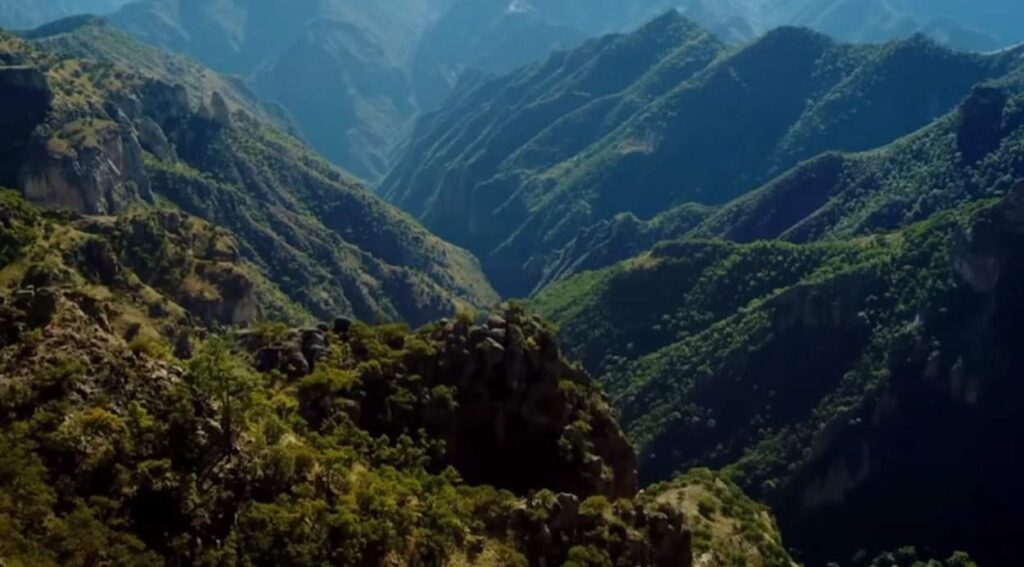
Explore the awe-inspiring Copper Canyon, a series of colossal canyons nestled in the Sierra Madre Occidental mountains of northern Mexico.
Surpassing even the renowned Grand Canyon in size, these breathtaking chasms transform into a winter wonderland with a blanket of snow towards the end of the year.
Embark on this adventure through charming cities and towns, offering thrilling activities like hiking, biking, and horseback riding.
Then, dive into the rich culture of this region, home to the amazing Raramuri people, infamous for their fastest long-distance running prowess.
Nevado de Toluca, State of Mexico
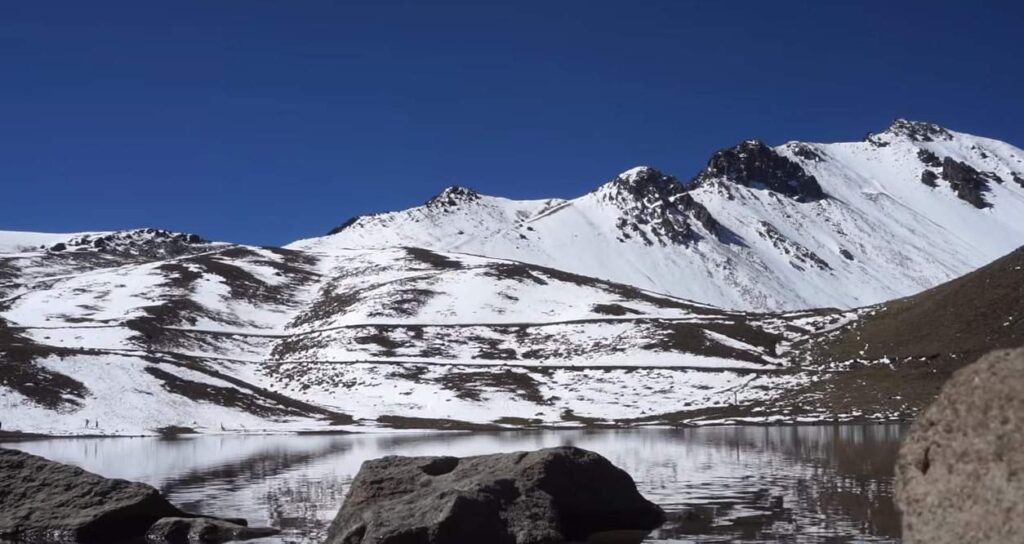
Set out on an unforgettable journey to Mevado de Toluca, Mexico’s grand volcano situated near Toluca city.
As the fourth-highest peak in Mexico, it boasts nine stunning peaks and two mesmerizing lagoons – the Sun and the Moon- perfect for hiking and mountaineering enthusiasts.
Delve into a world of adventure with activities like rappelling, mountain biking, and climbing, but remember to acclimate to the high altitude and enlist a tour operator for safety.
Nature lovers will rejoice at the chance to spot rare volcano rabbits while hiking. Don’t miss this hidden gem for an epic day trip from Mexico City.
Iztaccihuatl
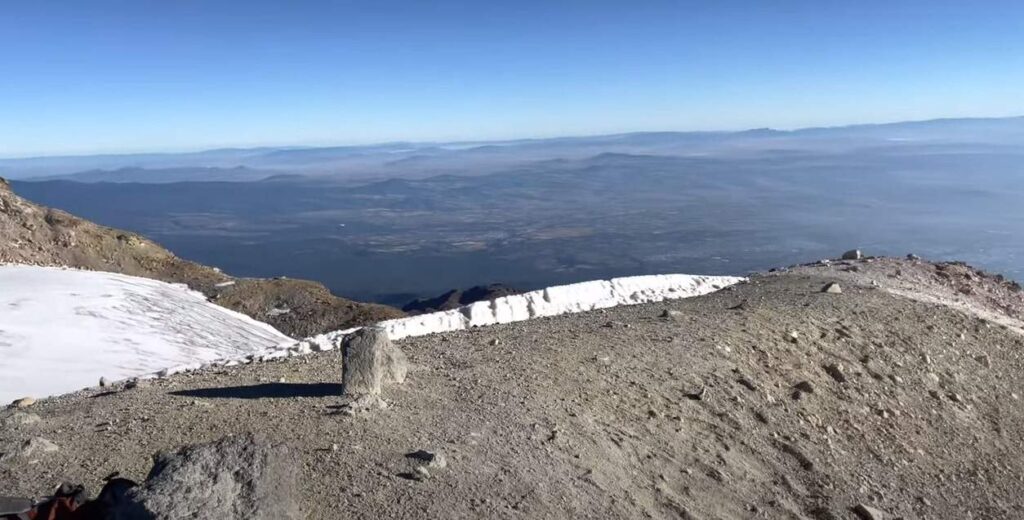
Witness the majesty of Iztaccihuatl, Mexico’s third tallest mountain, a dormant volcano beckoning adventures during the winter months.
Located within the breathtaking Izta-Popo Zoquiapan National Park, its snow-capped peaks earn it the nickname “White Woman” in Nahautl Iore.
Perfect for intermediate mountaineers, its proximity to Mexico City makes it an accessible hiking destination. Remember to acclimate to the altitude before embarking on your journey and opt for a guided tour for a safe and thrilling experience.
Plan your visit between December and February for optimal weather conditions and less risk of rain, although be prepared for chilly temperatures.
Pico de Orizaba
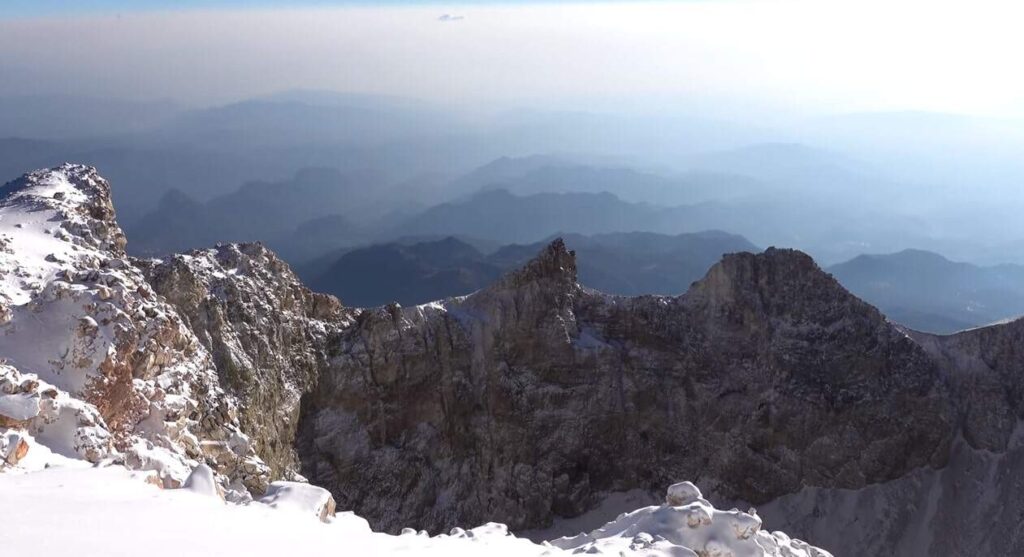
Ascend to the pinnacle of adventure at Pico de Orizaba, Mexico’s tallest mountain, soaring to an impressive 5,636 meters (17,000 feet) above sea level. Known as the Star Mountain for its stunning snow-capped peak, it’s a haven for thrill seekers and adrenaline junkies.
Winter draws in adventurers to hike its trails, conquer its challenging mountaineering routes, or summit the highest volcano peak in North America. Marvel at its prominence, visible from up to 68 miles away, and ensure a safe journey by booking with a reputable tour company.
La Malinche
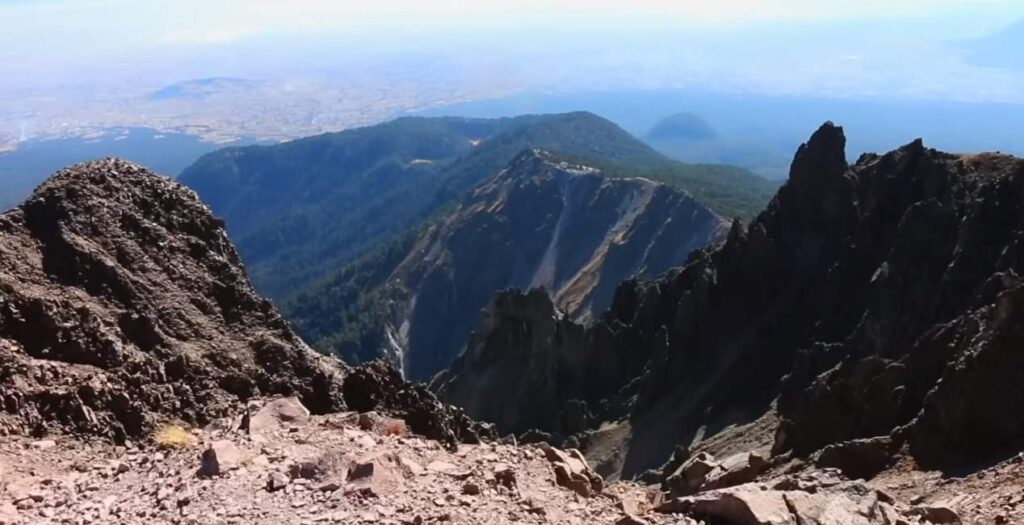
Scale the heights of La Malinche, Mexico’s sixth highest peak standing tall at 14,500 feet above sea level. Located between Tlaxcala and Puebla states, its diverse terrain transitions from lush forests and farmland to rugged grasslands and rocky summits.
Winter beckons adventures seeking a challenge, with the summit just a 7-kilometer climb from the starting point – an ideal training ground for aspiring mountaineers.
Remember your crampons and axes for snowy ascents, and rest assured that increased safety measures are attracting more tour operators.
Popocatepetl
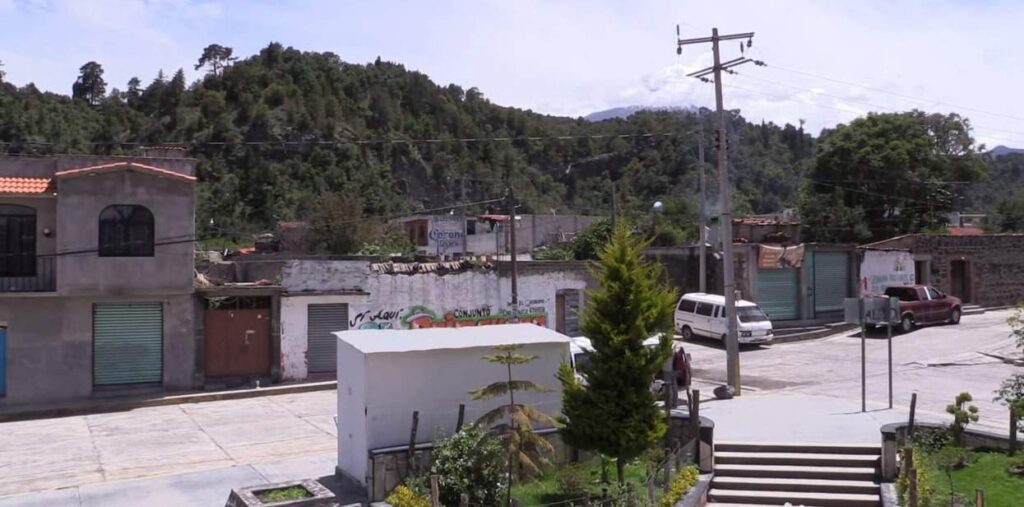
Embark on a thrilling adventure to Mexico’s active volcano and one of its highest mountains, boasting a massive 400 X 600 meters wide crater.
Just 43 miles from Mexico City, it’s a convenient day trip – but stay vigilant with volcanic activity and weather forecasts. Winter unveils its snowy splendor, offering a breathtaking experience.
Consider a combo tour with nearby Itza, but pack your provisions, as there are no eateries in the area. Don’t skimp on proper winter gear, and opt for reputable tour companies for a safe and unforgettable trip.
Final Thoughts
While snow remains a rarity in Mexico City, its occasional appearances remind us of the city’s diverse climate and the magic of nature’s surprises. Whether it’s a light dusting or a full-blown snowfall, the sight of snow in Mexico City is truly an enchanting experience to cherish.

